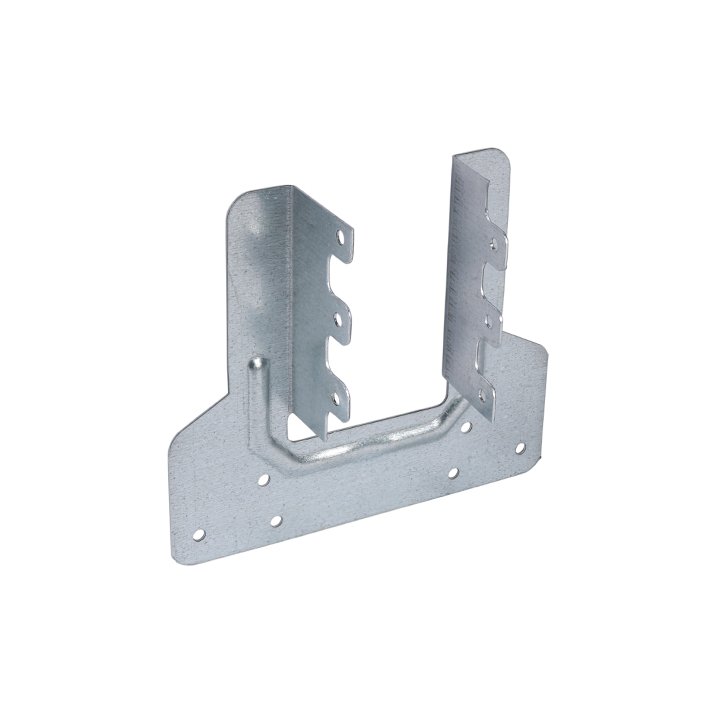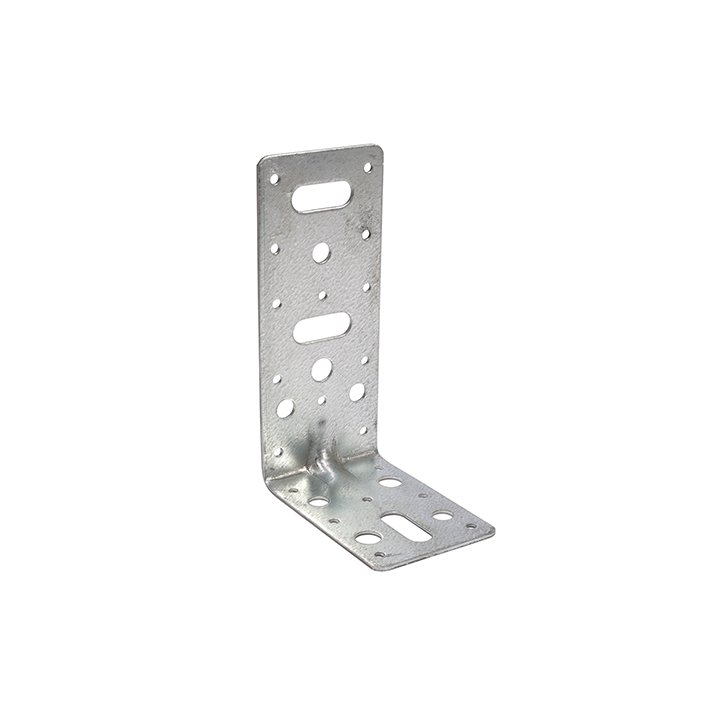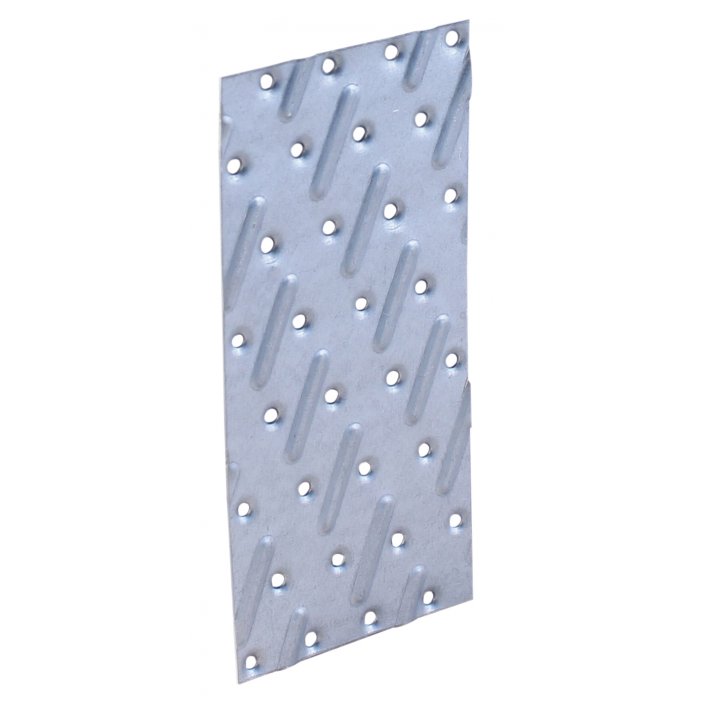Structural Fixings
Structural Fixings
Structural fixings refer to a range of mechanical fasteners and other components used to join structural elements together in building and construction applications. These fixings are designed to provide a strong, permanent connection between different parts of a building or structure, and are typically used to transfer loads, resist forces, or provide stability.
Some common types of structural fixings include:
Bolts: These are mechanical fasteners that consist of a threaded rod or shank and a nut, and are used to join two or more elements together.
Screws: These are similar to bolts, but are typically smaller and used for lighter-duty applications.
Rivets: These are cylindrical fasteners that are inserted through two or more elements and then expanded to hold them together.
Welds: These are permanent connections created by heating and melting two or more elements together.
Adhesives: These are chemical compounds that are used to bond two or more elements together.
Structural fixings are used in a wide range of applications, from steel and concrete construction to timber framing and roofing. They are an essential component of building and construction, providing the strength and stability required to ensure the safety and durability of structures over time.






